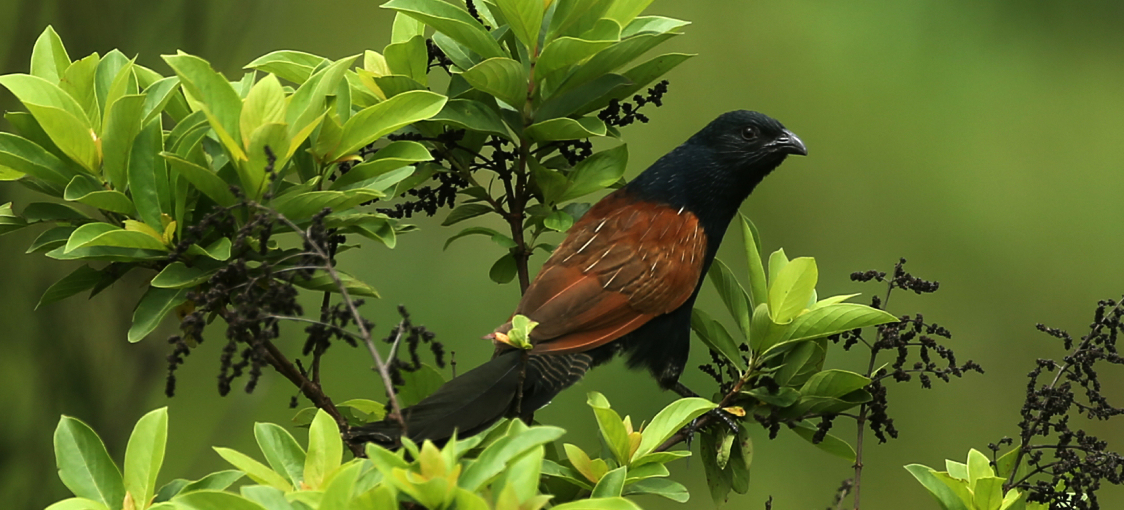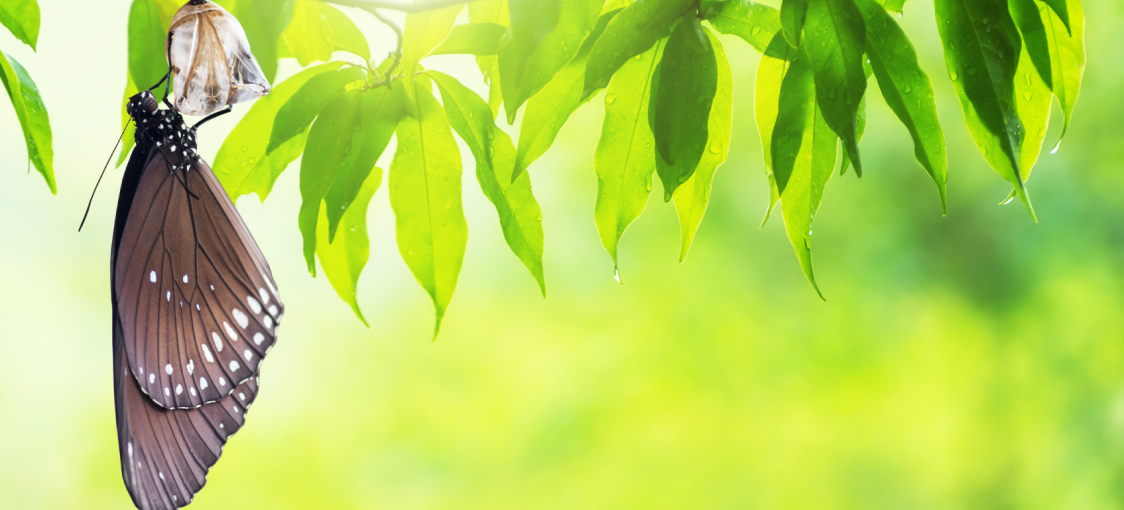Why Trees Are Important
When you think of life, what crosses your mind?
Is it a fetus, a kitten, or a seedling? Perhaps some of us think of something more complex than these options. Indeed, life is a complex thing to talk about, let alone to contemplate. In the hustle and bustle of modern life, we tend to overlook everything, including the silent giant trees that have supported our lives for ages. Here are the six crucial pillars of why trees are essential and should not be taken for granted.
Carbon

To humans, trees may only seem to function as shade providers and oxygen generators. However, to animals, trees are much more – they are their homes, their food sources, and their protectors.
From the dense canopies of tropical rainforests to the sprawling woodlands of temperate regions, trees support countless species, including birds, mammals, insects, and microorganisms. The intricate network of branches, leaves, and roots creates a complex ecosystem where life thrives, making trees essential for preserving biodiversity and protecting endangered species. In Indonesia, for example, EcoMatcher collaborates with Trees4Trees to plant mangroves (Avicennia marina) in several locations, contributing to providing a habitat for an endangered bird endemic to Indonesia, the Sunda coucal (Centropus nigrorufus).
Air & Soil
In addition to absorbing carbon dioxide, trees also act as natural air purifiers, filtering out harmful pollutants and particulate matter from the atmosphere. Their leaves trap pollutants such as ozone, sulfur dioxide, and nitrogen dioxide, while their roots help to stabilize soil and prevent erosion, further enhancing air quality.
The roots of trees play a crucial role in maintaining soil health and fertility. One species that is known to nourish the soil and the air is fig trees. In Thailand, for example, EcoMatcher partners with Conserve Natural Forests (CNF) to plant cluster fig (Ficusracemosa) because of its ability to anchor the soil and prevent erosion. Furthermore, fallen leaves and organic matter from trees contribute to nutrient cycling and soil enrichment, fostering the growth of diverse plant species and supporting the livelihoods of millions of people who depend on agriculture for their sustenance.

Habitat

To humans, trees may only seem to function as shade providers and oxygen generators. However, to animals, trees are much more – they are their homes, their food sources, and their protectors.
From the dense canopies of tropical rainforests to the sprawling woodlands of temperate regions, trees support countless species, including birds, mammals, insects, and microorganisms. The intricate network of branches, leaves, and roots creates a complex ecosystem where life thrives, making trees essential for preserving biodiversity and protecting endangered species. In Indonesia, for example, EcoMatcher collaborates with Trees4Trees to plant mangroves (Avicennia marina) in several locations, contributing to providing a habitat for an endangered bird endemic to Indonesia, the Sunda coucal (Centropus nigrorufus).
Diversity
Trees are much more than just carbon sinks and habitats for numerous organisms. They are part of the diverse ecosystem on our planet. From the towering European beech (Fagus sylvatica) in Madagascar to the mangrove forests in Indonesia, each species of tree plays a unique role in its ecosystem, contributing to the overall resilience and stability of the environment. By preserving and protecting tree diversity, we safeguard the genetic resources essential for adapting to environmental changes and ensuring the survival of future generations. Learn more about the different types of trees here and about the different types of forests here.

Health Improvement

With all the roles trees play in the environment, they also greatly impact people’s lives. Trees can absorb heavy pollutants from transportation and reduce the effects of UV radiation. Therefore, based on several studies, the presence of trees around the neighborhood or in the park dramatically contributes to reduced mortality and respiratory diseases. The symbiotic relationship between trees and human health is a testament to the interconnectedness of environmental conservation and quality of life.
By nurturing and preserving tree populations, we safeguard our ecosystems’ health and foster healthier and more resilient communities.

